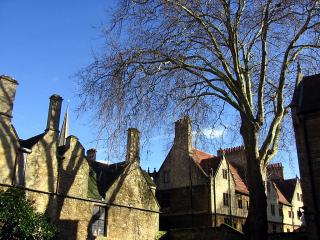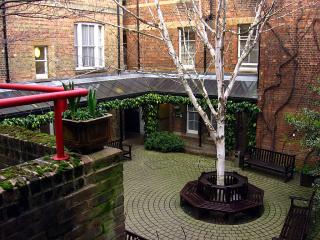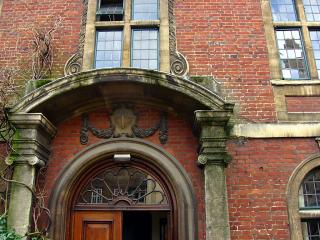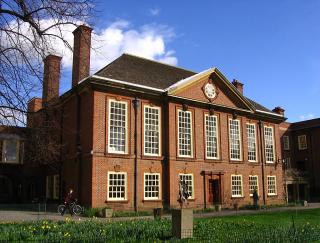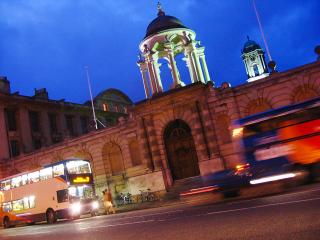According to Malcolm Gladwell, something fundamental happens to human organizations once they grow beyond 150 people. This is called Dunbar’s Number. If you take the size of a primate’s neocortex, relative to the rest of its brain, you will find a close correlation to the expected maximum group size for that species.1 This number corresponds to village sizes, as seen around the world, to the sizes of effective military units, and to the size at which Hutterite communities split up. It seems that, above this size, organizations require complex hierarchies, rules, regulations, and formal measures to operate efficiently.
I think that something very similar happens to pieces of academic writing, once they get beyond about 5,000 words. That is the point where my ability to hold the entire thing at once in my mind fails, often leading to duplication and confusion. Even with two levels of sub-divisions, things simply become unmanageable at that point and I go from feeling total control over a piece of writing (2,500 words) to feeling that it has sprawled a bit (3-4,000 words) to feeling rather daunted by the whole thing. With my revised second chapter at 5,700 words and three to seven hours left prior to submission, I am certainly feeling as though things have grown beyond the bounds of good sense and comprehensibility.
[1] Gladwell, Malcolm. The Tipping Point: How Little Things Can Make a Big Difference. Back Bay Books; New York, 2000. p.179

